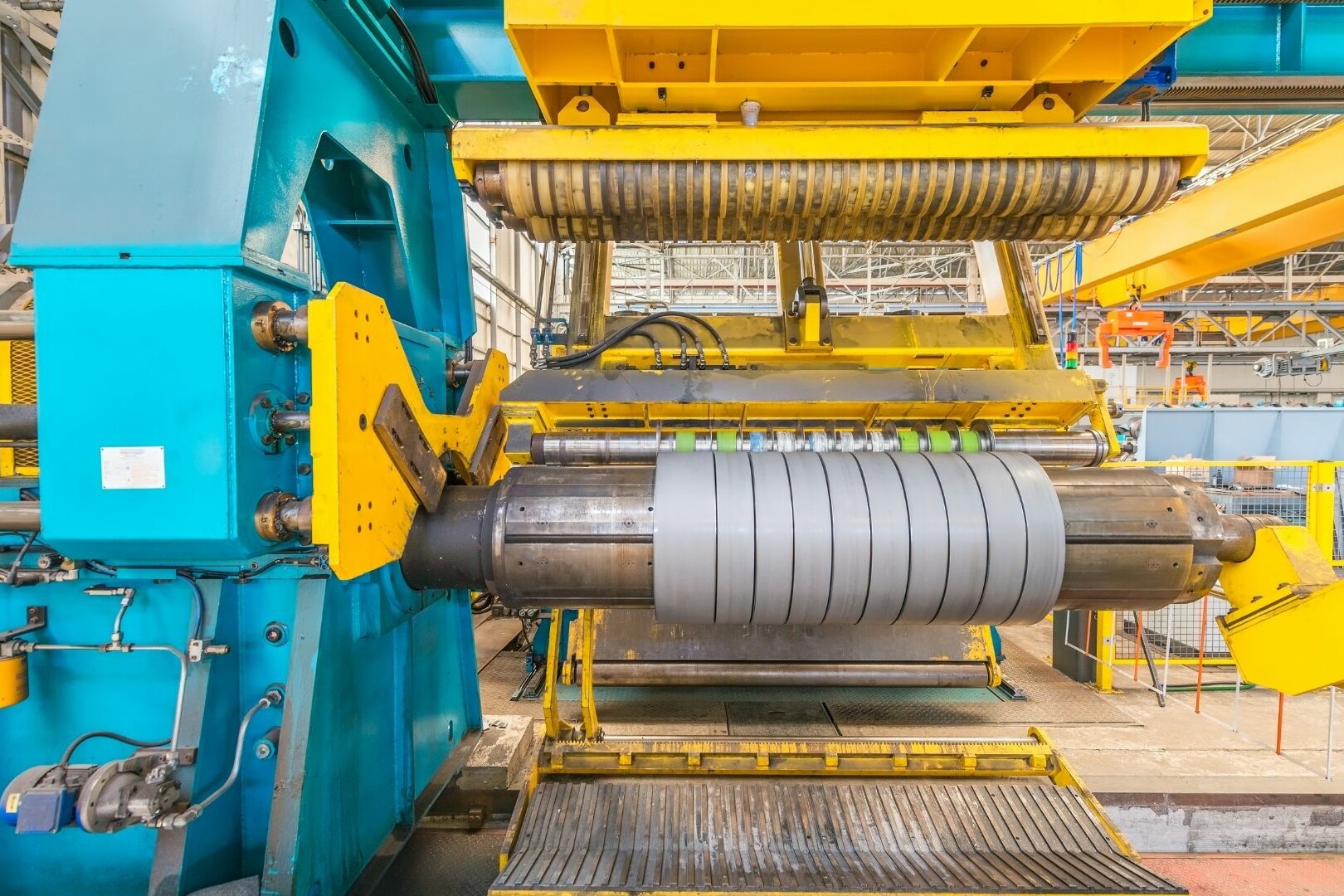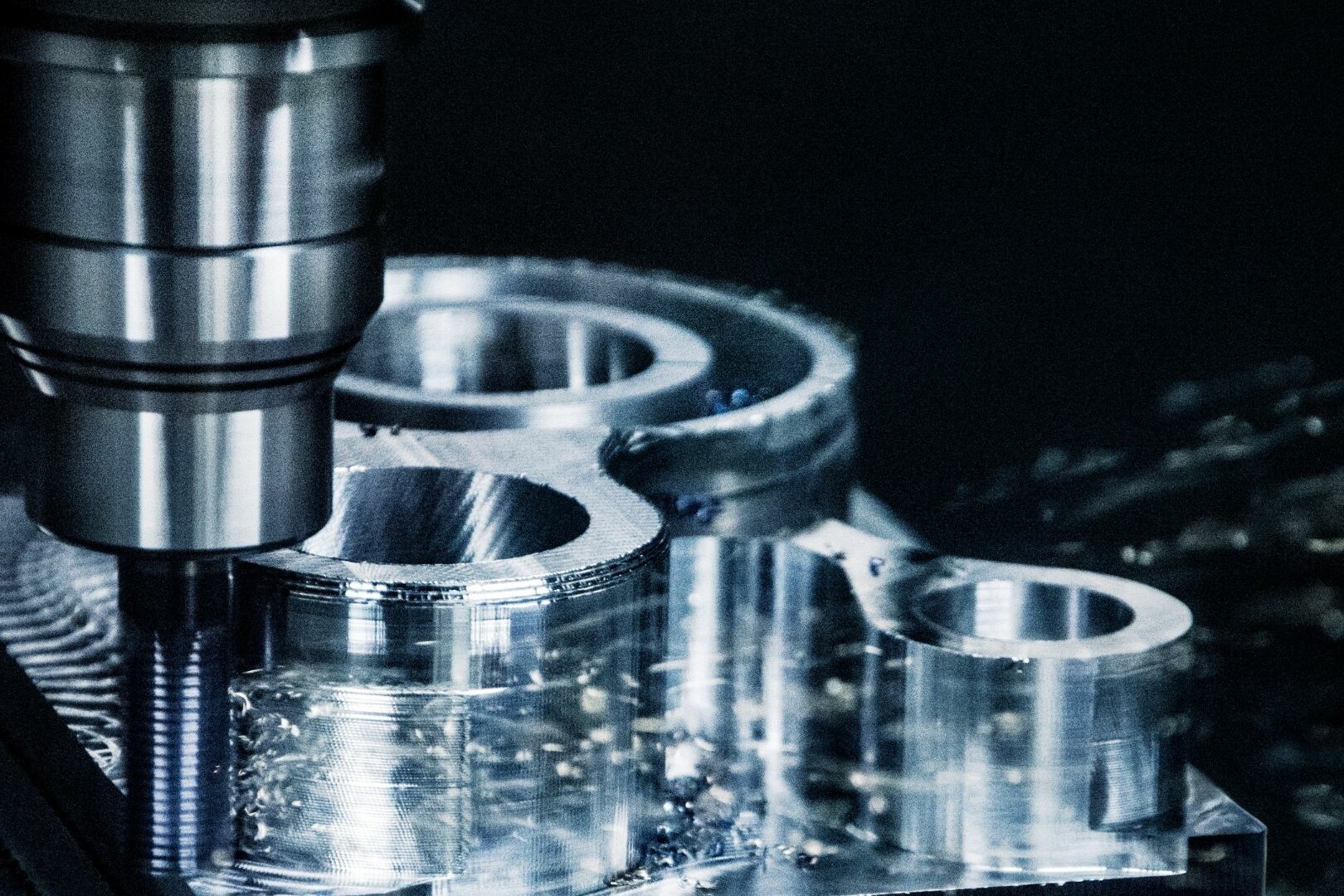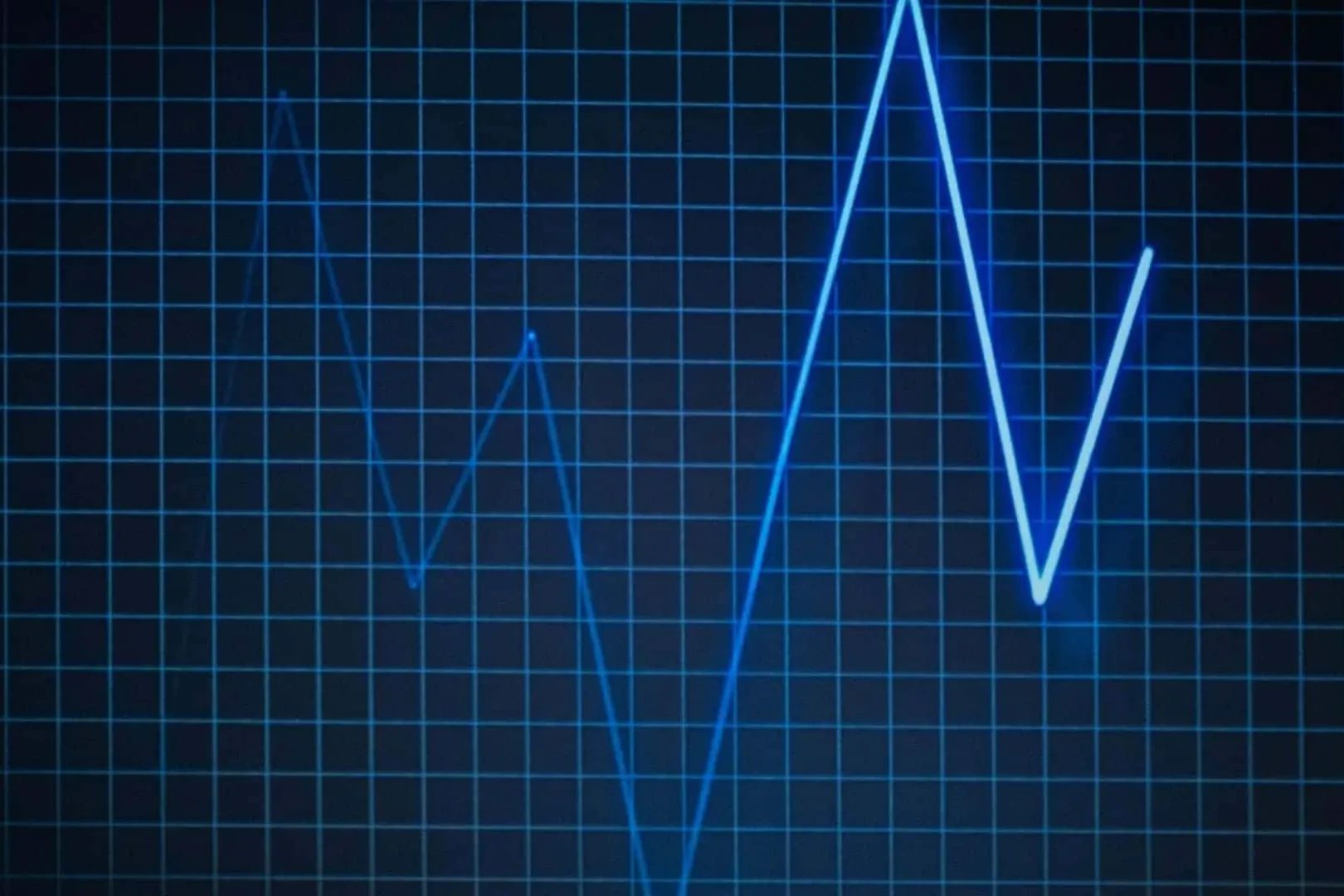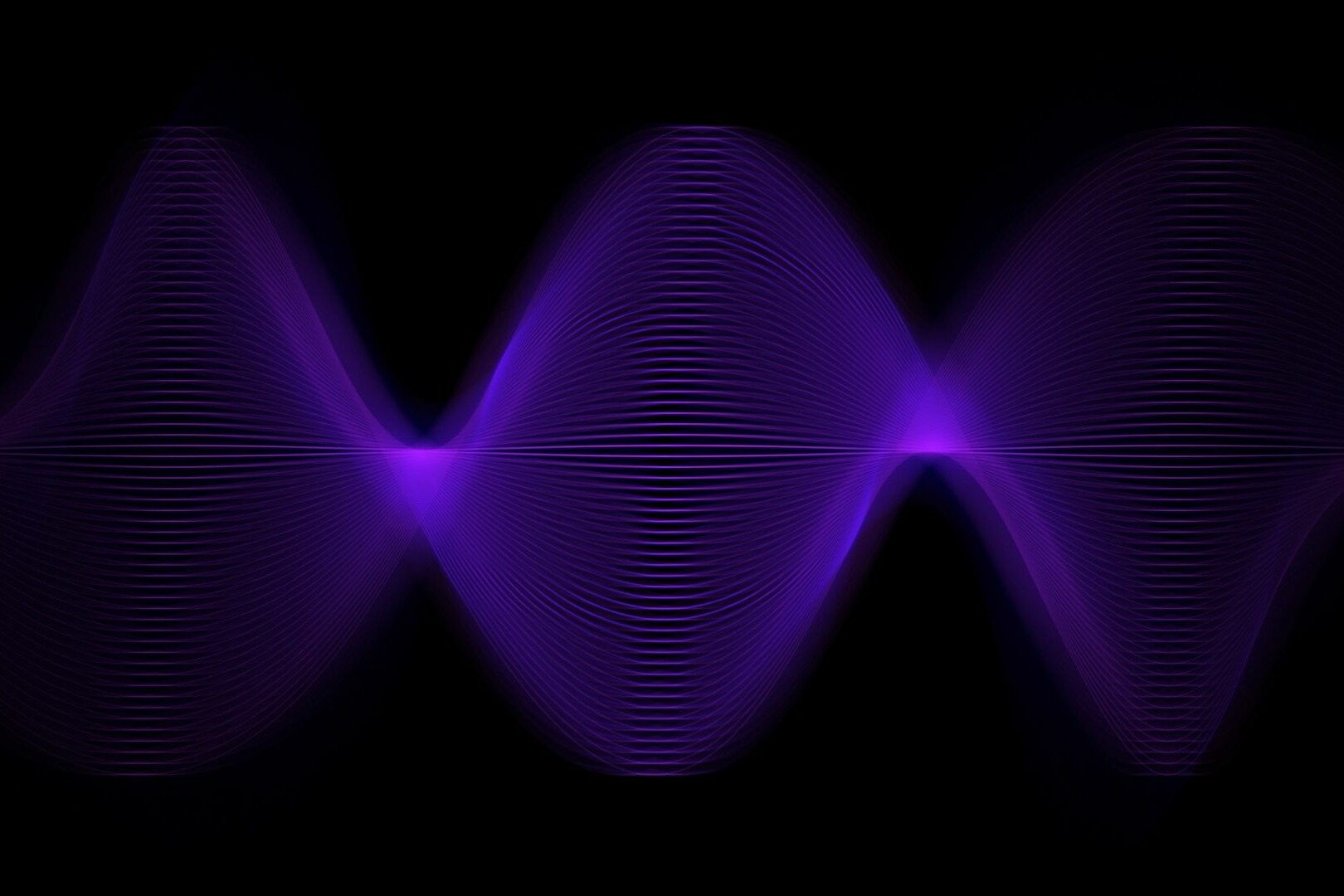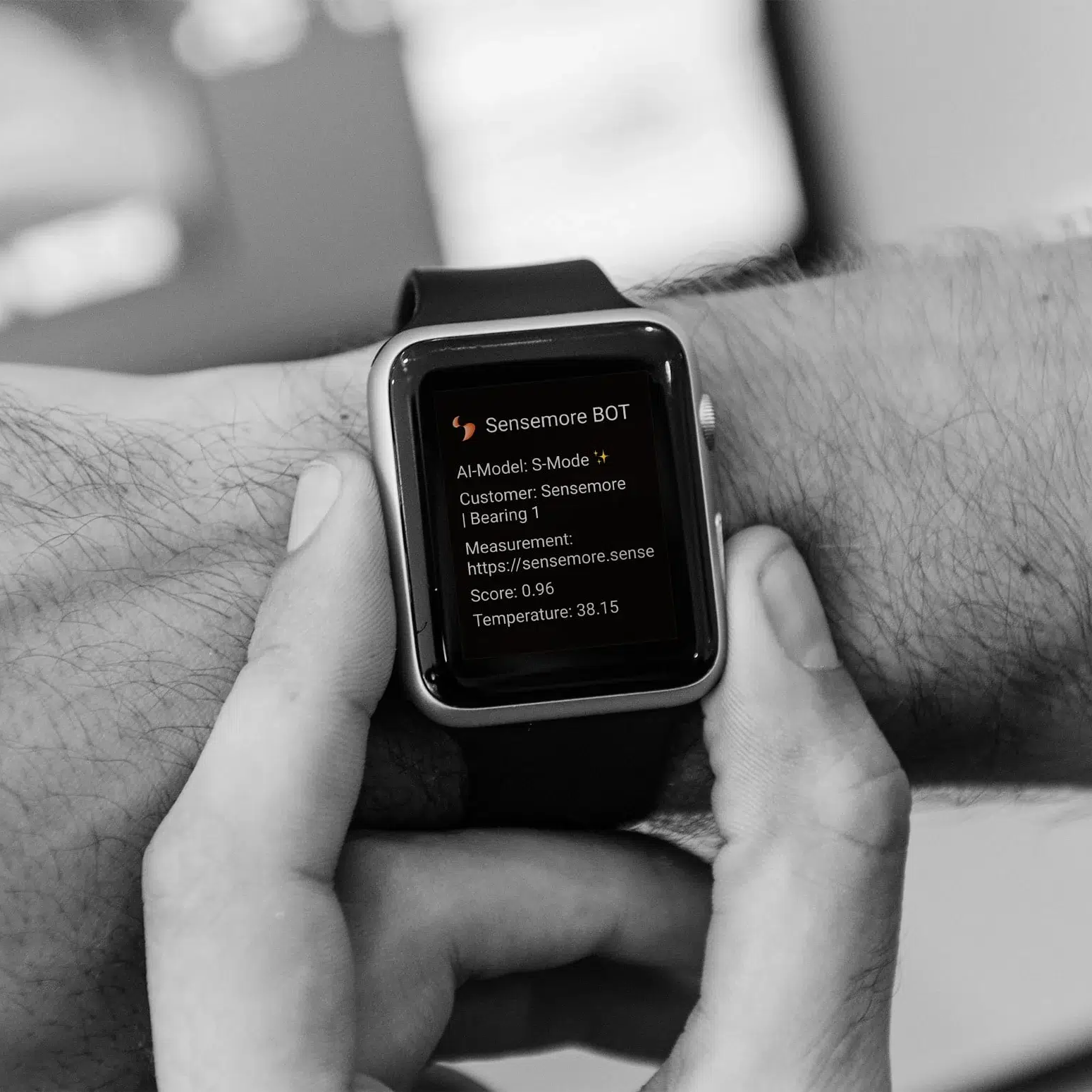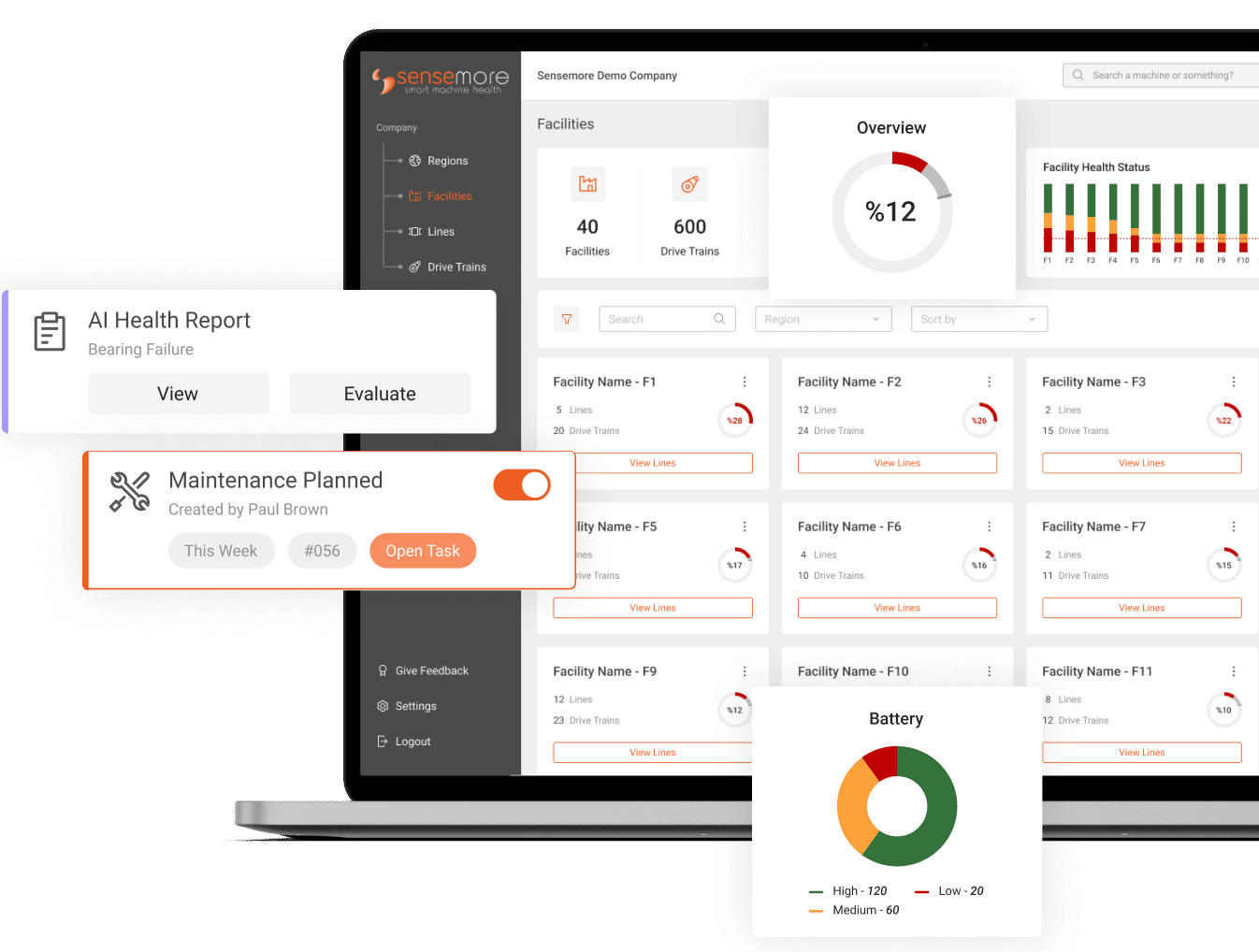Failure Mode and Effects Analysis (FMEA) is a systematic, proactive approach for evaluating a process to identify where and how it might fail. It serves as a critical risk management tool across diverse sectors, aiding in the identification and prevention of potential failures.
As a method that examines potential failures in products or processes, FMEA is not just about problem-solving but also about problem prevention. It prioritizes failures based on three main aspects:
- Severity: How severe are the consequences of the failure?
- Occurrence: How often does the failure occur?
- Detection: How likely is it to detect the failure before it happens?
The primary goal of implementing FMEA is to take actions to eliminate or reduce potential failures, thereby promoting continuous improvement in quality control and reliability. This technique is instrumental at the early design stage to prevent failures even before systems are built and plays an integral part in assessing ongoing operations/processes for any signs of potential issues.
By understanding and implementing FMEA, organizations can not only mitigate potential risks but also benefit from next-generation condition monitoring solutions provided by companies like Sensemore. These advanced solutions offer real-time insights into equipment performance, enabling organizations to proactively monitor performance and prevent downtime effectively. Moreover, with Machine Health AI, which leverages advanced analytics and machine learning, organizations can predict maintenance needs and avoid unplanned downtime altogether. Such measures contribute significantly towards achieving business continuity and efficiency.
Applications of FMEA in Different Industries
FMEA plays a pivotal role at various stages of a product’s lifecycle. From conceptualization to the design phase, FMEA aids in preemptively identifying potential system failures. This helps manufacturers rectify these issues before the system is built, thus ensuring quality and reliability.
In the Design Phase
During the design phase, FMEA is employed to predict potential errors or faults. It aids engineers in understanding the root causes, severity, impact, and prevention strategies for each potential failure mode. By generating action plans to prevent, detect, or reduce the impact of potential failures, FMEA contributes significantly to enhancing the reliability and safety of products.
In Quality Control
Quality control is another area where FMEA proves invaluable. It assesses ongoing operations and processes to identify and prioritize failures based on severity, frequency, and detectability. By aiding in continuous improvement efforts, FMEA helps maintain high-quality standards while minimizing waste and inefficiency.
As a Proactive Maintenance Strategy
FMEA is not just restricted to design and quality control; it also serves as an effective proactive maintenance strategy. By anticipating potential failures in machinery or systems, organizations can plan preventative measures to minimize downtime and costly repairs.
Importance of FMEA in Predictive Maintenance Programs
Predictive maintenance programs leverage FMEA for proactive vulnerability identification. These programs pivot on predicting equipment failures before they occur – an area where FMEA excels.
By identifying all possible failure modes and their effects on the system or process, FMEA enables organizations to develop improved maintenance strategies. The goal is to mitigate risks before they evolve into full-blown operational issues.
Take Sensemore, for instance. Its solutions monitor machinery health and detect operation or failure modes while predicting malfunctions. It provides a higher level of failure detection ability through data acquisition from vibration, temperature, current, and voltage readings – making it an excellent tool for predictive maintenance applications.
FMEA: A Tool for Enhancing Maintenance Effectiveness
FMEA’s findings don’t just stop at identifying failures; they also contribute to enhancing maintenance effectiveness. By understanding the severity, occurrence, and detection ability of each failure mode, organizations can prioritize their maintenance tasks effectively. This results in increased uptime for critical assets and improved operational efficiency.
Moreover, FMEA-driven decision-making can yield significant cost savings. By focusing on high-risk areas, organizations can allocate resources more effectively, reducing unnecessary maintenance costs while ensuring that critical issues are addressed promptly.
Understanding the Impact of Failures on System Performance and Safety
To understand why FMEA is important, it’s crucial to know how system failures can greatly affect performance and safety. Let’s use the aviation industry as an example.
In an aircraft, a small mechanical issue like a faulty landing gear switch may not seem like a big deal. But if this problem happens during a landing, it could lead to a major safety concern. This is what we call a physical failure mode, which means there’s a physical breakdown in a component or system.
Now, let’s consider another scenario. What if an autopilot system fails to maintain a set altitude because of a software error? This is an example of a functional failure mode, where the system or component doesn’t do its intended job. These instances show us how failures can put both the system’s performance and overall safety at risk.
Ensuring Comprehensive Risk Assessment in FMEA
The main goal of FMEA is to prevent risks before they happen. This process includes identifying possible failures and measuring their impact based on three factors:
- Severity: How much damage or harm can a failure potentially cause to the system’s operation or safety?
- Occurrence: How often might the identified failure occur?
- Detection: How likely are the existing detection methods to find a specific failure before it creates any problems?
Let’s look at two examples to better understand these factors:
Example 1: Assembly Line in an Automobile Manufacturing Unit
Imagine an assembly line in a car factory. A mechanical problem like a broken conveyor belt (a physical failure mode) could stop production, leading to financial loss (severity). If maintenance records show that these belts tend to break after around 10,000 hours of use (occurrence) and there are no early warning systems in place to detect signs of wear and tear (detection), then the risk associated with this potential failure is high.
Example 2: Motor Failure in an Industrial Maintenance Setting
In an industrial maintenance setting, let’s consider a motor failure as a physical failure mode. A motor is responsible for powering various equipment and machinery in a production facility. If a motor fails, it can lead to significant downtime and production delays (severity). Through historical data analysis, it is determined that the motors tend to fail every 5,000 hours of operation (occurrence). However, there are no condition monitoring systems in place to detect early signs of motor degradation (detection). This lack of detection capability increases the risk associated with potential motor failures.
By examining this example, FMEA allows for proactive measures to be taken to prevent or mitigate these failures, ultimately improving system performance and safety.
Understanding the Impact of Failures on System Performance and Safety
Failures within a system, whether mechanical or software-related, can drastically alter performance and compromise safety. Physical failure modes often refer to tangible components breaking down, such as gear wear or electrical short circuits. Functional failure modes, in contrast, encompass failures in system operations, like a software glitch resulting in incorrect data processing.
Types of Failure Modes
1. Physical Failure Modes
These include any material or component that fails due to stress, wear, corrosion, or other physical phenomena. For example, a cracked pipe in a hydraulic system could lead to fluid leaks and loss of pressure, causing the system to fail.
2. Functional Failure Modes
These are related to software or systemic issues where the functionality is impaired without physical damage. An example might be an algorithm error that causes an autonomous vehicle to misinterpret sensor data, potentially leading to unsafe driving decisions.
Proactive risk mitigation is essential to prevent such scenarios. By identifying potential failure modes early on and implementing strategies to address them, companies can maintain system integrity and safeguard against performance degradation or hazardous conditions.
Impact of Failures on System Performance and Safety
1. Mechanical Failures
Mechanical failures impact systems by preventing proper operation or leading to catastrophic breakdowns which not only affect productivity but also pose risks to human safety.
2. Software Failures
Software failures can be equally disruptive, potentially leading to loss of control over critical systems, data corruption, or exposure to cyber threats.
By understanding different types of failure modes and their potential effects on system performance and safety, stakeholders can prioritize efforts towards the most critical aspects of their operations. This focus ensures the reliability and safety of systems while minimizing downtime and operational losses.
Ensuring Comprehensive Risk Assessment in FMEA
Understanding different types of failure modes significantly contributes to comprehensive risk assessment in FMEA. These failure modes, divided into physical and functional categories, offer distinct perspectives on potential system flaws:
1. Physical failure modes relate to tangible components failing to perform their designated function. For instance, a broken gear in a machine represents a physical failure.
2. Functional failure modes, on the other hand, refer to system-wide failures where overall performance deteriorates despite individual components working correctly.
The identification and understanding of these failure modes form the foundation of proactive risk mitigation strategies.
Mechanical failures are common examples of physical failure modes. These typically involve parts breaking down or wearing out over time, disrupting the functionality of the entire system. Preventing such failures requires regular inspection and maintenance routines, coupled with robust design principles that minimize the likelihood of component wear and tear.
In contrast, software failures often result from functional failure modes. These can include problems like coding errors or compatibility issues that undermine the software’s ability to perform its intended tasks. Mitigating these risks involves rigorous testing procedures and quality assurance protocols during the software development process.
The FMEA methodology provides a structured approach for identifying these diverse failure modes and assessing their potential impact on system performance. By systematically examining each aspect of the product or process under consideration, teams can effectively prioritize their risk mitigation efforts based on the severity, occurrence likelihood, and detectability of each identified failure mode.
Consideration of these key concepts enables organizations to conduct a thorough risk assessment using FMEA, enhancing their ability to anticipate potential problems and take proactive steps to prevent them. This ultimately leads to improved operational efficiency and product reliability – vital factors for achieving competitive advantage in today’s fast-paced business environment.
A Step-by-Step Guide to Conducting FMEA
1. Selecting the System or Component
The first step in conducting an FMEA is to select the system or component under review. This choice is typically based on factors such as criticality, safety implications, and potential downstream impacts. The selection process should consider:
- Critical Functions: Determine which functions are vital for the system’s performance.
- Safety Concerns: Identify areas where failure could lead to hazardous conditions.
- Previous Issues: Review historical data for recurring problems.
2. Determining Analysis Scope
Defining the scope of the analysis includes outlining the boundaries of the system and its interaction with other components. It involves:
- Interfaces and Interactions: Establish how the system interacts with other systems or external factors.
- System Boundaries: Clearly delineate what parts of the process or product are being analyzed.
3. Identifying Failure Modes
Identifying potential failure modes requires a systematic approach utilizing various techniques such as brainstorming sessions, expert interviews, historical data analysis, and structured what-if scenarios. Key activities include:
- Brainstorming Sessions: Engage a diverse group of stakeholders to explore possible failure modes.
- Expert Interviews: Gather insights from individuals with specialized knowledge on the system.
- Historical Data Review: Analyze past failures to predict future issues.
4. Identifying and Analyzing Potential Failures and Their Effects
This step towards a successful FMEA involves identifying potential failure modes within a system or process. Failure modes refer to the different ways a system can fail, such as mechanical breakdowns, software issues, operational mistakes, or inefficiencies in the system.
When identifying failure modes, it is important to think about all the possible situations that could cause the system to malfunction. For example, in manufacturing processes, failure modes could include things like faulty parts, incorrect assembly order, or machines not being calibrated properly.
Once you have identified the potential failure modes, the next step is to understand what their effects would be. An effect refers to the possible outcomes of a failure mode on the performance or output of the system. For instance, a mechanical breakdown in a production line can result in lower product quality or longer production time.
Knowing the potential consequences of each failure mode helps in predicting and preventing negative outcomes. So it is crucial to not only identify potential failures but also thoroughly analyze how they could impact the overall performance of the system.
Here are some approaches you can take to identify potential failures and their effects:
- Brainstorming sessions: Gather team members from different departments and encourage them to share their thoughts on possible failures and their effects.
- Historical data analysis: Look at past records of similar systems or processes to identify any recurring patterns of failures and their associated effects.
- Expert interviews: Seek insights from individuals who have extensive knowledge and experience in the specific area where the FMEA is being conducted.
- Predictive maintenance technologies: Utilize advanced tools like Sensemore’s predictive maintenance solutions, which employ AI-powered technology for early detection of potential failures.
Incorporating technologies like Sensemore’s predictive maintenance solutions, which use AI-powered technology to help businesses anticipate and prevent equipment failures in advance, can significantly enhance the identification process.
Predictive maintenance technologies, such as those offered by Sensemore, not only assist in identifying potential failures but also provide real-time insights and predictive maintenance solutions that optimize equipment performance and reduce downtime.
- Identify all possible ways your system or process might fail (failure modes).
- Determine the effects of each identified failure mode on your system or process.
- Leverage brainstorming, historical data analysis, expert interviews, and predictive maintenance technologies for a comprehensive identification process.
By following these guidelines, you can start your FMEA with a strong foundation. In the next steps, we will explore how to assess the severity, likelihood of occurrence, and detectability of each identified failure mode. This information will then be used to prioritize actions and calculate the Risk Priority Number (RPN) for each failure mode.
Understanding the consequences of each failure mode is crucial to assess its impact on system performance and safety. Tools and methods used may include:
- Cause-and-Effect Diagrams: Trace back failures to their root causes.
- Simulations and Modeling Software: Predict how different failures will affect the system’s operation.
5. Calculating Risk Priority Numbers (RPN)
Assigning a Risk Priority Number (RPN) helps teams to prioritize actions based on the severity, occurrence, and detection ratings of potential failures. The RPN is a mathematical product that combines these three factors to produce a single score:
- Severity (S): The impact level of a failure on customer satisfaction, safety, or system performance.
- Occurrence (O): The likelihood that the failure will occur.
- Detection (D): The probability that the failure will be detected before it reaches the customer.
The formula used to calculate RPN is straightforward:
RPN = Severity (S) × Occurrence (O) × Detection (D)
Each factor typically has a rating scale, often from 1 to 10, with 1 indicating low risk and 10 signifying high risk.
To illustrate, consider a scenario involving an automotive brake system:
- If the severity of brake failure is rated at 9 due to its potential to cause an accident,
- The occurrence is rated at 3 because it’s relatively uncommon,
- And the detection rating is 4 since there are some systems in place to alert about brake wear,
the RPN for this failure mode would be:
RPN = 9 (Severity) × 3 (Occurrence) × 4 (Detection) = 108
By calculating RPNs for all identified failure modes, teams can prioritize which issues require immediate attention and resource allocation. Those with the highest RPN scores represent the most significant risk and should be addressed first to reduce overall system risk effectively. This quantitative approach ensures objectivity in decision-making processes.
Assessing the Severity, Occurrence, and Detection Ability of Failures
Once potential failures and their effects are identified, the next key step for conducting effective FMEA is to evaluate each failure mode’s severity, occurrence likelihood, and detection ability. This assessment is crucial as it influences the Risk Priority Number (RPN), which determines the urgency of addressing each failure mode.
Evaluating Severity
- Severity refers to the impact of a failure mode on the customer or the system if it occurs.
- Rated on a scale (often from 1 to 10), with higher values indicating more severe impacts.
- Considerations include safety implications, regulatory compliance, performance degradation, and impact on user experience.
Assessing Occurrence Likelihood
- Occurrence measures how frequently a failure mode may happen during the lifetime of the system or process.
- Also rated on a similar scale, where a higher rating reflects a greater probability of occurrence.
- Data-driven: Relies on historical data, statistical analysis, and expert judgment.
Determining Detection Ability
- Detection evaluates how likely it is that the failure mode will be detected before reaching the customer or causing significant system impact.
- Again, rated on a predefined scale where lower values signify better detection capabilities.
- Includes an assessment of current controls in place that may prevent or reveal the failure.
Each identified failure mode undergoes this three-part evaluation to inform subsequent prioritization and action planning. The assessors must consider both quantitative data and qualitative insights to assign accurate ratings. Cross-functional collaboration is often necessary to pool expertise from different areas such as design, engineering, quality assurance, and operations.
The outcome of this step lays the groundwork for calculating RPNs by multiplying severity, occurrence, and detection ratings. It ensures that FMEA drives attention towards mitigating risks that could lead to significant consequences due to high severity, frequent occurrence, or poor detectability.
The process entails not only identifying high-RPN issues but also considering cost-benefit analyses when planning corrective actions. It requires collaboration across departments to ensure all aspects of risk mitigation are covered, from design changes to procedural updates.
By calculating RPNs, organizations can systematically address vulnerabilities in their systems or processes before they lead to costly downtime or safety incidents. This proactive approach is integral for maintaining high standards of reliability and quality in any industry.

Fig. 1 Probability Rating Criteria

Fig. 2 Severity Rating Criteria
Detection Method
The ability and the method of detection for a possible failure is another important aspect of FMEA. Components are assessed according to the ease of failure detection.

Fig. 3 Detection Method Rating Criteria
Step 6: Developing Action Plans for Risk Mitigation in FMEA
The final step in a successful FMEA is developing an action plan to address the identified failure modes. This process involves:
- Establishing specific and measurable actions aimed at mitigating each failure mode
- Allocating responsibility for each action, ensuring clear accountability
- Setting deadlines for the completion of each action
Selecting System/Component
Begin by selecting the system or component that is critical to the overall performance and safety of your operation.
Determining Analysis Scope
Next, define the scope of your analysis. Consider interfaces with other systems and external factors that may impact your selected system/component.
Identifying Potential Failure Modes
Utilize resources such as brainstorming sessions, historical data analysis, expert interviews, and structured diagrams to identify potential failure modes.
Analyzing Effects of Failure Modes
To understand the potential impact of each failure mode, employ cause-and-effect diagrams, simulations, or modeling software.
Calculating Risk Priority Numbers (RPN)
Assign severity, occurrence, and detection ratings to each failure mode. Then calculate the Risk Priority Number (RPN) using the formula RPN = Severity x Occurrence x Detection. The results will guide you in prioritizing actions based on RPN values.
Prioritizing Actions
Focus first on addressing failure modes with the highest RPNs. By doing so, you concentrate resources on mitigating risks that pose the greatest threat to performance and safety.
In this step-by-step process, FMEA serves as a powerful tool for proactive risk management, enabling operations to enhance reliability and efficiency through focused action plans.
Enhancing FMEA with Advanced Monitoring Technologies like Sensemore
Sensemore is an advanced solution in the world of machinery health monitoring. It brings significant improvements to Failure Modes and Effects Analysis (FMEA). With its state-of-the-art sensors and AI-powered analytics, Sensemore offers a strong method for understanding machinery conditions, which is crucial for effective risk management.
Detecting and Classifying Operation and Failure Modes
- Operation Mode Detection: Sensemore’s sensors gather detailed data on how machinery operates. This data is then analyzed using algorithms to differentiate between normal and abnormal conditions.
- Failure Mode Classification: By studying the data for trends and patterns, Sensemore can categorize different types of failure modes. This classification helps prioritize maintenance actions.
- Predictive Maintenance: Using predictive analytics, Sensemore can predict malfunctions before they happen. This proactive ability allows for timely interventions, reducing downtime and repair costs.
Different Variations of FMEA
FMEA encompasses an array of specialized types, each tailored to distinctive aspects of risk management. Potential Failure Modes and Effects Analysis (PFMEA) specifically concentrates on processes. It meticulously analyzes potential failure modes within a process and determines their impact on operational outcomes. PFMEA aims to identify errors or defects that could compromise the quality or efficiency of a process.
Failure Modes, Effects, and Criticality Analysis (FMECA) takes the FMEA principle further by incorporating a criticality aspect. It quantifies the severity of potential failures and their likelihood, which enables prioritization based on the potential impact on system reliability and safety. The criticality aspect in FMECA ensures that the most significant risks are addressed with urgency.
PFMEA targets:
- Process inefficiencies
- Quality control issues
- Optimization of manufacturing or assembly processes
FMECA emphasizes:
- Severity assessment of failures
- Probability of occurrence
- System safety and compliance with standards
These variations serve distinct purposes but share a common goal: to preemptively identify issues that could lead to system or process failure. By implementing either PFMEA or FMECA, businesses can enhance their predictive maintenance strategies, leading to improved machine health and real-time insights into system performance.
Moreover, the data-driven approach adopted in these analyses aligns with the capabilities provided by high-quality data acquisition devices, which are crucial for capturing accurate information on potential failure modes in various applications.
By exploring different names and variations of FMEA, organizations can select a methodology that best fits their specific needs, whether they focus on process optimization or comprehensive risk management considering criticality factors.
Utilizing Sensemore Technology for Data Collection in FMEA
Collecting real-world data is crucial for an accurate FMEA process. Sensemore makes this easier by:
- Comprehensive Data Acquisition: It captures a wide range of sensor data such as vibration, temperature, current, and voltage. Each type of data provides insights into different aspects of machinery health.
- Vibration Analysis: Vibration patterns can reveal imbalances, misalignments, or bearing faults. Sensemore’s sophisticated vibration sensors provide high-resolution data for detecting subtle irregularities.
- Thermal Monitoring: Temperature sensors detect overheating issues which could indicate friction, electrical failures, or lubrication problems.
- Electrical Signatures: Current and voltage sensors help identify electrical issues such as short circuits or insulation breakdowns that can lead to equipment failure.
By bringing together these different types of data, Sensemore gives us a complete understanding of machinery health. The analysis that follows helps us identify potential failure modes more accurately. This precision improves the FMEA process by making sure that risk assessments are based on reliable and actionable information.
The insights we gain from Sensemore’s technology directly contribute to the FMEA process by:
- Identifying hidden or emerging failure modes that may not be obvious through manual inspections.
- Assessing the seriousness of potential failures by understanding how they affect machinery performance.
- Determining how likely certain issues are to occur by tracking how often specific irregularities are detected.
- Improving our ability to spot problems by knowing which types of failures can be consistently identified using sensor technology.
The integration of Sensemore’s advanced monitoring technologies into FMEA practices represents a new approach to managing risks. It ensures that businesses can maintain high standards of reliability and safety while optimizing their maintenance schedules. By using the valuable data provided by Sensemore, organizations are empowered to make informed decisions that reduce risks and improve operational efficiency.
Recommended Blog Posts
September 4, 2023
Powerful Signal Analysis Tools for Vibration Analysis
Predictive maintenance, crucial for machinery reliability, heavily relies on vibration analysis. Techniques like FFT…
September 4, 2023
Rotating Machinery Vibration Analysis
Vibration analysis is a critical tool in various industries like manufacturing, power generation, and transportation.…
December 28, 2022
Fault Diagnostic Technique Using Machine Mode Similarity Analysis
AI can diagnose machine faults with vibration data but machine mode similarity analysis is an alternative, it uses…
September 15, 2022
Understanding Rotating Machinery Data
Machine data is generated by physical attributes and actions of machines, collected by sensors and analyzed for…
August 6, 2021
Envelope Analysis
Bearings are critical elements in rotating machines, they support radial and axial loads, and reduce friction. Real…
May 6, 2021
What is Cepstral Analysis?
Cepstral Analysis, a tool used to detect periodicity in frequency spectrum, can be useful in gearbox fault detection in…
October 9, 2020
How is Fault Detection Performed?
Vibration measurements and analysis, using multiple parameters, can identify developing problems in machinery before…
September 21, 2020
Parameter Selections in Vibration Measurement
Vibration measurements are used to determine the response of machines to forces and identify potential issues. It is…
September 4, 2020
What is Vibration Analysis?
Vibration analysis can be used to discover problems in machines and predict when they might fail. It can significantly…




